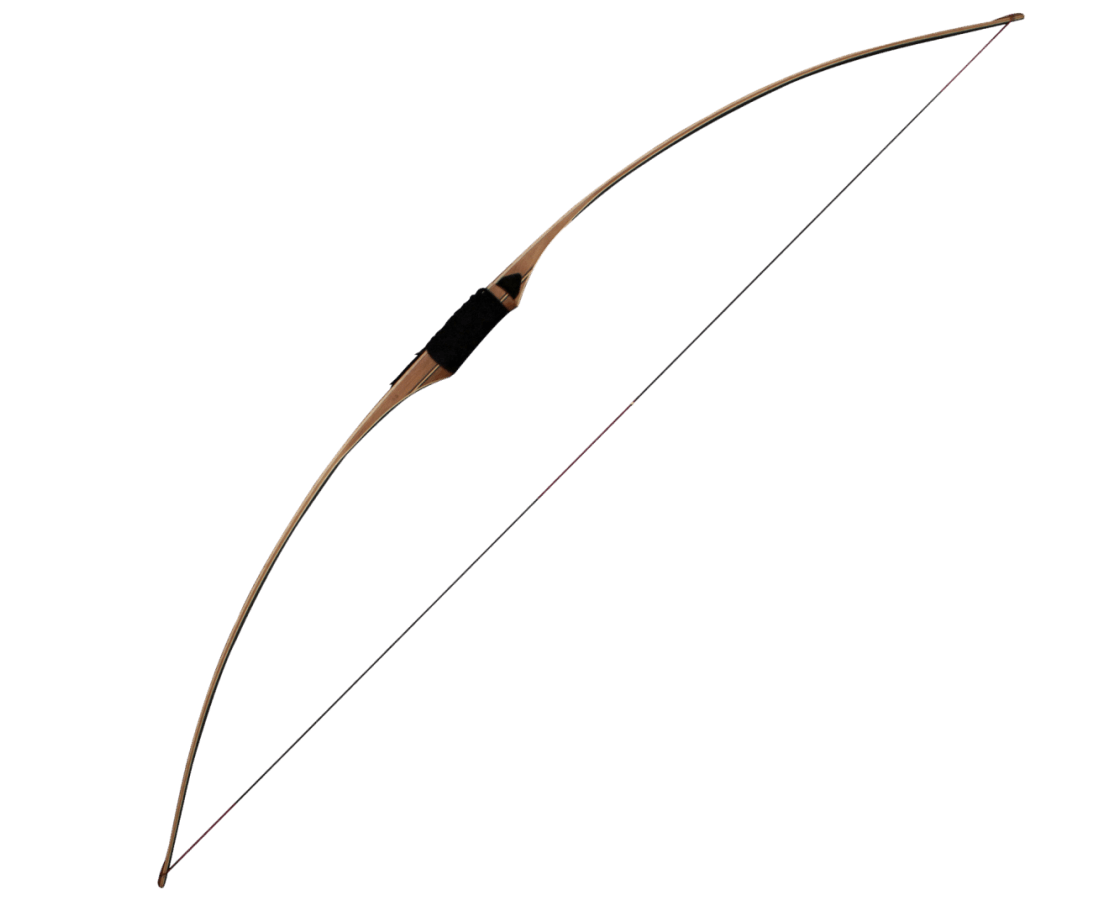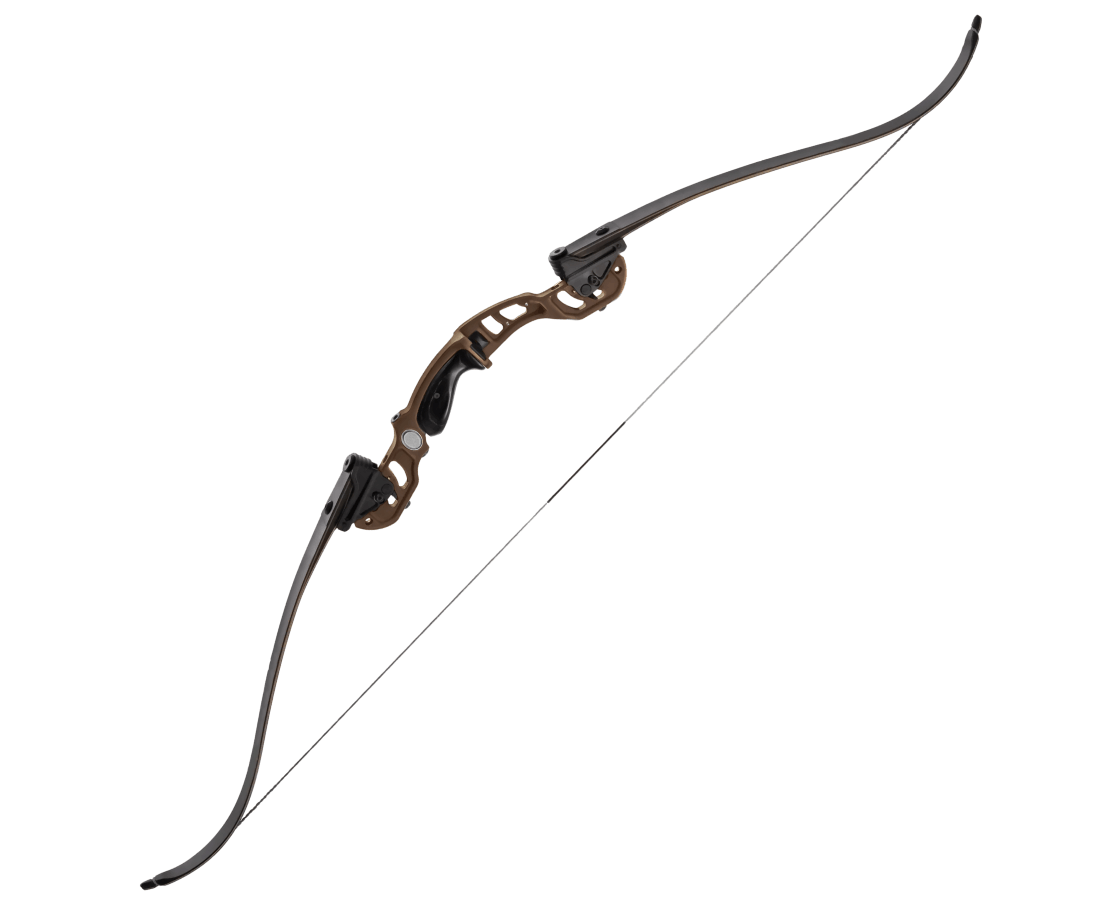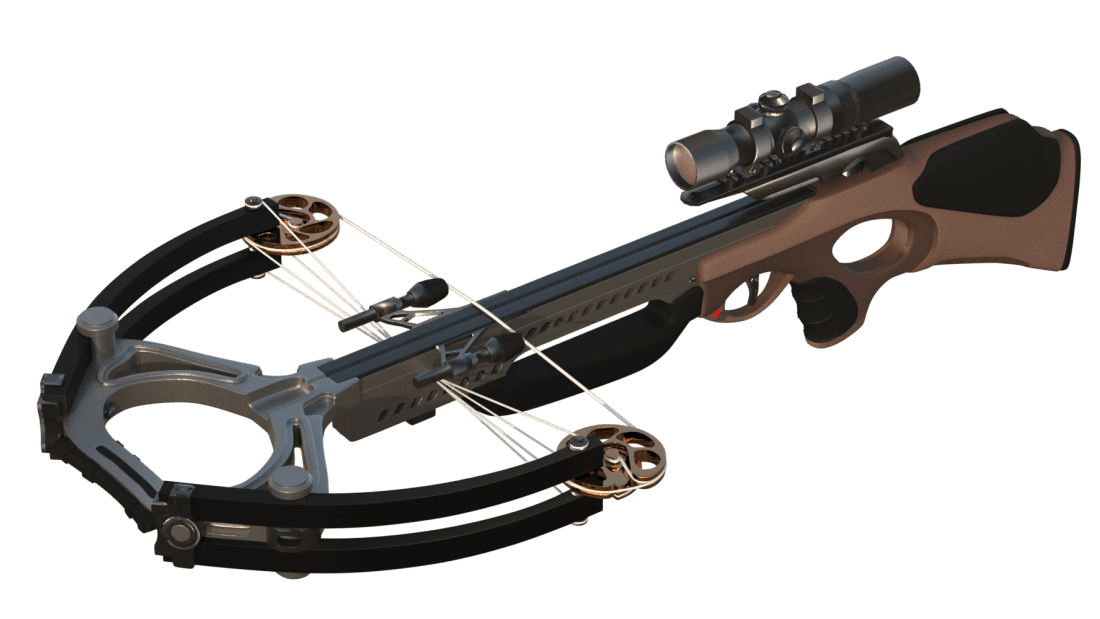Archery Bow Types: Compound, Recurve, Longbow, and Crossbow

Bows can be either vertical or horizontal. Vertical bows are designed to be held upright and utilize the archer's body for drawing and shooting. The different types included within this category are longbow, recurve bow, and compound bow.
The crossbow is a type of bow that is set up horizontally on a stock, similar to a firearm. It uses a trigger mechanism to release the string, allowing for easier aiming and shooting compared to vertical bows.
Longbow
The longbow is a traditional bow made from a single piece of wood, characterized by its tall and straight limbs which remain uncurved until the string is attached.
The draw weight of a longbow increases as the string is pulled back, meaning that the heaviest weight is experienced at full draw. Draw weight refers to the amount of force required to pull a bowstring back to its fully drawn position, typically measured in pounds. This simplicity and direct connection to historical archery make the longbow a popular choice for those seeking a classic shooting experience.

Recurve bow
The recurve bow is a distinct type of bow characterized by its unique design. This bow has limbs, typically made from wood, fiberglass, or composite materials, that curve away from the archer when it's not pulled back. This design enables enhanced energy storage and increased arrow speed. So, it gives more power than a longbow of equal length due to its curved limbs. It is known for its smooth and quiet operation. Similar to longbows, the draw weight increases as the string is pulled back.
This design combines elements of traditional archery with better performance, which is why recurve bows are popular with both target archers and hunters who want a good balance of performance and classic style.

Compound bow
The compound bow is a modern type of bow that uses a sophisticated system of wheels or cams, cables, strings, and limbs. It allows hunters to hold the bow at full draw for extended periods without experiencing fatigue, making it easier to wait for the perfect shot. The bow reaches peak draw weight before full draw, then reduces significantly. At full draw, the archer holds only 10-50% of the peak draw weight.
Compound bows shoot arrows at higher speeds, resulting in greater impact upon hitting the target, which improves the effectiveness of the shot. These features make compound bows an excellent option for both novice and experienced hunters alike.

Crossbow
Crossbows are unique in their design, combining elements of both traditional bows and firearms. Unlike traditional bows where the archer's body provides stability, crossbows have a stock, similar to that of a firearm, which serves as a stable platform for drawing and holding the bow at full draw. The limbs can be either recurve or straight. Some models incorporate wheels or cams, some don't. Crossbows hold the string at full draw until released. This feature allows for extended aiming time without muscle fatigue. Crossbows have a trigger mechanism similar to that of a firearm, providing precise control over arrow release.

Regulations regarding the use of crossbows as archery equipment vary from state to state. Contact your local wildlife agency regarding the use of crossbows in your state.